Tis that wonderful time of year again when the leaves change color and the air turns as crisp as a newly opened video game. Halloween is around the corner, and it's only fitting that we as game enthusiasts snuggle ourselves in games appropriate for this grand of holidays (we really should get the day off)
Without further banter, I give you, groovy games to play for the Halloween Holiday:
1. Silent Hill 2: A letter from Silent Heaven (PS2)
If you have never experienced the psychological horror that a Silent Hill game has to offer, then this is a good place and time to start. No need to play the first, as this one is a stand alone, but if it peaks your interest enough to try the others, PLAY THEM IN ORDER! Grab the greatest hits version, as it has extra content not found in the standard version. Emotionally taxing and genuinely disturbing, Silent Hill 2 is a must for the season.
2. Splatterhouse 2 (Genesis/Megadrive)
Still the goriest and most violent game to grace a console, Jack Thompson would jump on this like a randy teenage boy on prom-night. I mean, name another game where you cut up aborted fetuses hanging from their umbilical chords? And to think, this game was originally released in 92!!!! Challenging game play, tons and tons of blood, guts, brains, decapitation, ghosts, and everything to give you a good time for M-rated candy muncing!
3. Shadowgate (NES, GameBoy Color)
This old point and click adventure game still gives me some chills down the spine. Creepy music, and some rather gruesome death descriptions still make this a perfect horror game in my book.
4. Castlevania 4 (SNES)
Still my favorite Castlevania, the perfect blend of dark ambiance and an incredible music score make this stand above the rest. The game just drips Halloween atmosphere. Perfect when played at Midnight. Grab the Japanese version if possible: It's un-edited.
5. Medieval (PSone, PSP)
Throw in a sprinkle of Tim Burton, Ghosts and Goblins, Maximo, some good British humor, and you have a rather silly but fun game for the season. Not the best game in the world, but appropriate.
6. The Splatter Action (PS2, Japan only)
Part of the simple series on Japan (Vol 64), this beat-em-up has you play as a rather adorable little boy with a pumpkin for a head. Armed with your fists and chainsaws, you go level by level turning equally adorable baddies onto a bloody mess! Ahh, I love the irony!
7. Zombie Vs. The Ambulance (PS2, Japan only)
Also a Simple series game (Vol 95), and made by the same folks who brought you the Splatter action. You drive around in a (guess this) ambulance saving infected victims and bringing them back to the hospital before they go all brain-hungry on you! However, on the way, you get to power up and improve you vehicle by....running over zombies over, and over again! Body parts fly, blood splatters, and your newly acquired front-bumper-blade slices bodies like a knife through a sternum! Good times!
8. Fatal Frame (AKA Zero, PS2, XBOX)
Based off of actual events, the Fatal Frame series does a wonderful job of introducing an audience to the Japanese view of the paranormal. This is one of the few series of Horror games other than Silent Hill to actually make you uncomfortable, creep-ed out, and give you reason to sleep with the light on.
9. Ghouls and Ghosts (Genesis, Megadrive, Arcade)
Punishing game-play, pissed-off bosses, and an undeniable Halloween charm put this one on the list. Nearly any game in the series is worth checking out (including Maximo), but this one happens to be a personal favorite.
10. The Onechan Bara 2: Puru (PS2, Japan only)
Yep, another in the Simple series line (Vol 101). Girls in bikinis cutting up Zombies with swords. Do I really need to say more?
11. Otogi 2 (XBOX)
A horribly under appreciated game, a blend of hack-n-slash meets Japanese mythological horror with perfect control, interesting characters, and a rather dark edge make this game worth trying. Not too many games have a portion of the main characters kill themselves at the onset. Impressive graphics, wonderful Gagaku score, and a genuinely beautiful view of Japanese action horror make this a perfect game for October.
So, there you have 11 of my favorites. What, no Resident Evil Baroque? For me, I like horror to remain in the supernatural element. Once you begin to explain through science as to why you have zombies roving the town, it loses it's fright-factor for me. It becomes more sci-fi than horror. Not that sci-fi can't be horror (Alien) but I just like the genre more....ethereal.
How about you fine folks? Got any fave horror games to share with us?
Happy Hallows-eve!
-Baroque-Legacy
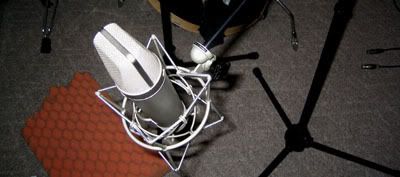














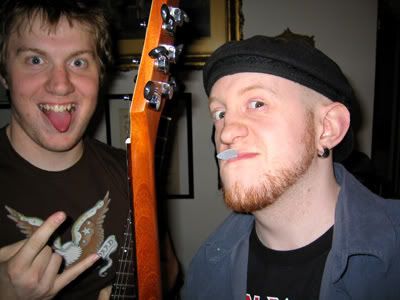
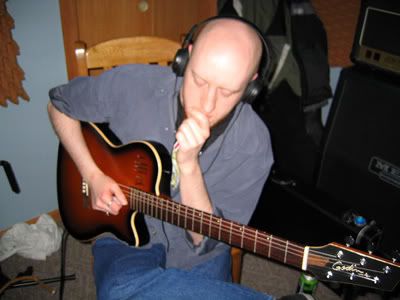
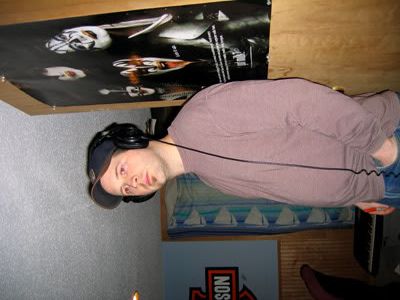
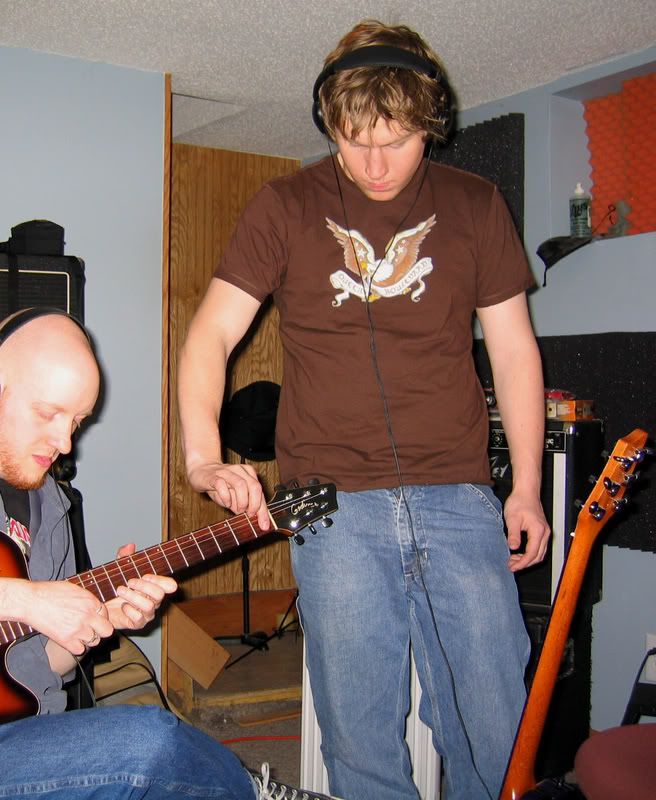
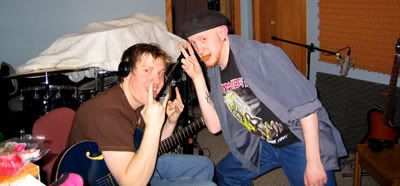
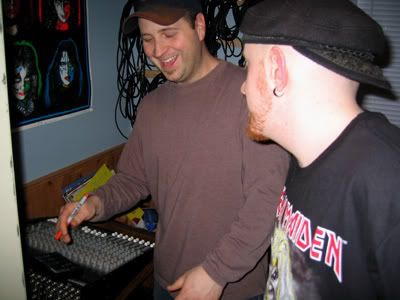
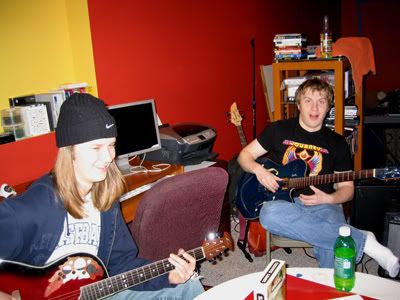
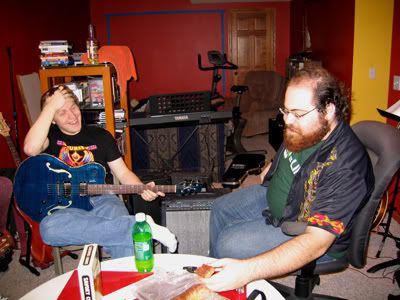
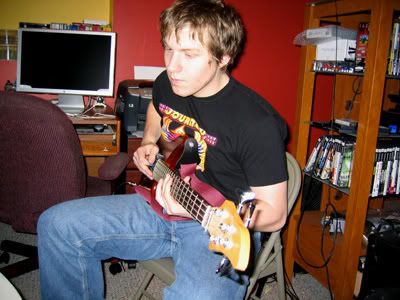
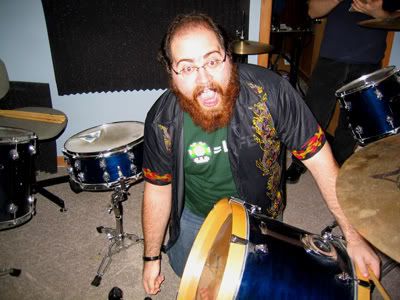
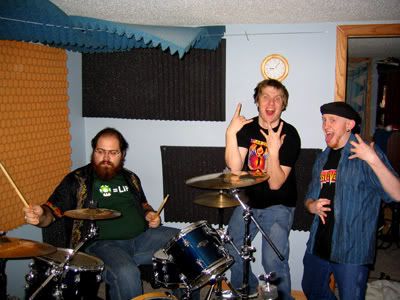
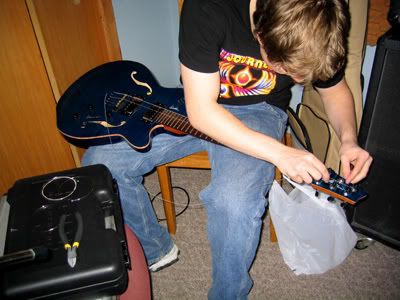
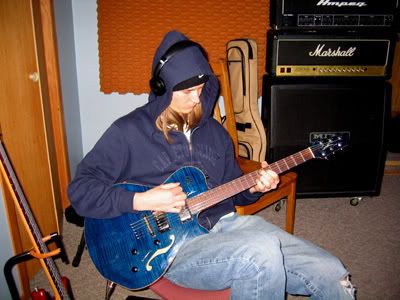
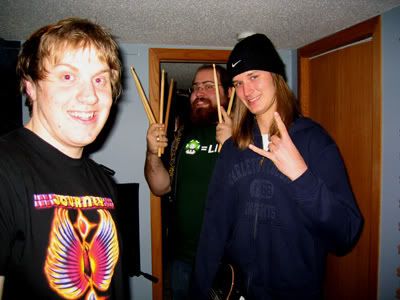
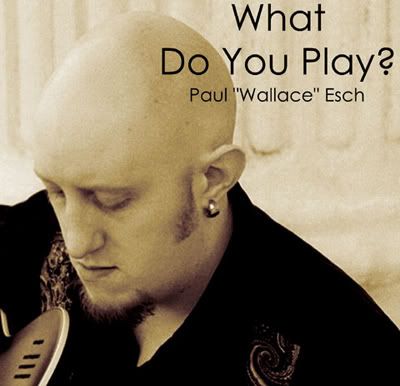
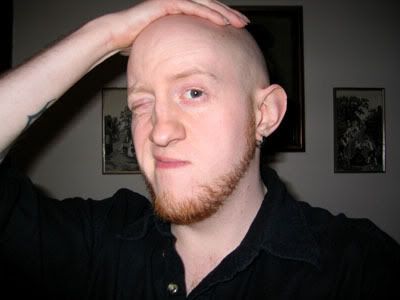
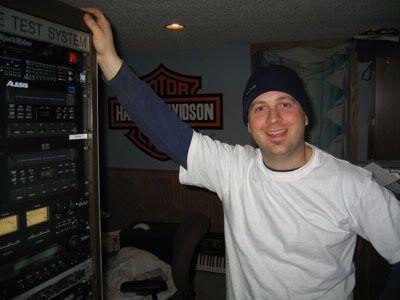
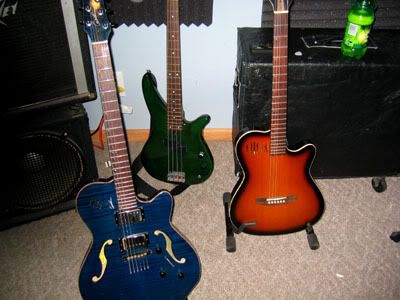
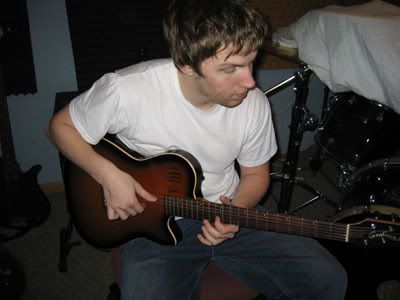
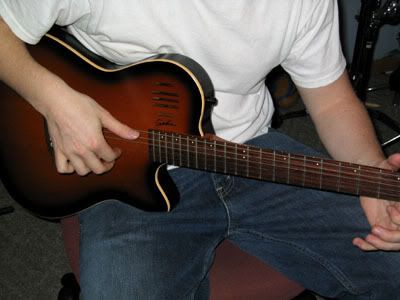
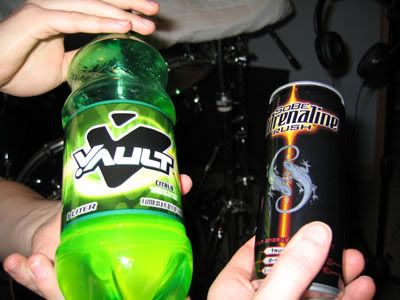
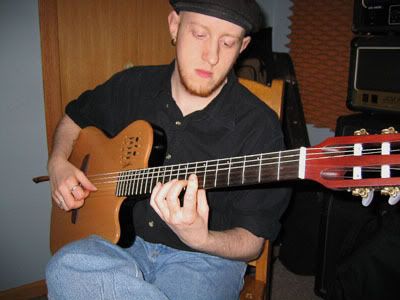
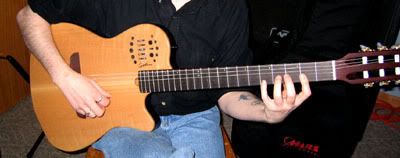
Log in to comment